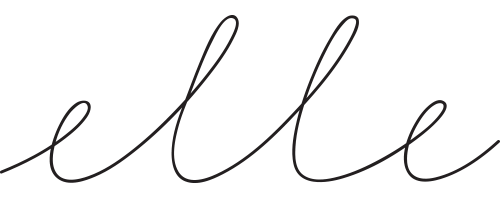Contents
Editing is a broad term. There are four types of editing, and knowing what type your written work needs helps the process.
Too often, people don’t know that asking someone to edit something with no context is as vague as asking someone to fetch you “food from the shops.”
What food do you want? Fruit? Snacks? An entire meal?
What editing do you want? Plot development? A grammar check? Page formatting?
Before I studied editing, I certainly didn’t know there were four types of editing. Yet this is valuable knowledge! It’s valuable for editors learning about the editing process, writers wanting to edit their own work, and writers wanting to get their work edited but not knowing where to start.
Start here.
Knowing the four types of editing helps you organise your editing process, set expectations for an editor, and save time – no one wants to proof a paragraph to perfection, then realise the paragraph needs to be deleted. I have done this, unfortunately… hopefully, this post prevents you from doing the same.
Developmental editing
Developmental editing is also known as structural or substantive editing. It looks at the entirety of the work, for big picture things. In this stage, you will check that your work is saying what you want it to say.
For fiction novels, you might ask yourself whether the story has a conclusion, what the message of the story is, and if your characters show development. Paragraphs will need to be deleted or moved, and whole chapters may even be scrapped.
Check for:
- Structure and plot.
- Character development.
- Pacing.
Line editing
Line editing, also known as stylistic editing, makes your writing clearer and more engaging – at both the paragraph and sentence level.
In this stage, you should keep your target audience in mind. Edit the writing so they will be able to understand and enjoy reading it.
While focusing broadly on clarity, flow, syntax and prose, there are specific things to keep an eye out for.
Check for:
- Transitions (e.g. cliffhangers).
- Length (e.g. run-on sentences, bland words).
- Rhythum (e.g. sentence length).
- Point of view (e.g. first-person, third-person).
- Tense (e.g. present, past).
- Voice (e.g. active voice, passive voice).
- Action (e.g. confusing stage directing).
Copyediting
Copyediting is sometimes mistakenly called proofreading. It is not proofreading. Copyediting works with the mechanics of language to ensure readability.
A style guide is typically used to keep track of grammar rules and word choices relating to a particular piece of work.
Check for:
- Grammar (e.g. capitalisation, quotations, spelling, abbreviations).
- Consistency (e.g. names changing).
- Facts (e.g. historically correct details).
Proofreading
Proofreading is the final stage of the editing process. This is when you make sure the work is as polished as possible. It focuses on the fine details and design aspects.
Check for:
- Typos.
- Page numbers (e.g. alignment).
- Type formatting (e.g. widows and orphans, line breaks, gaps, hyphenations).
- Print formatting (e.g. printers marks, margins).
Resources
There are plenty of editing resources, organisations and associations that can help you figure out how editing works too.
- IPEd – Professional association for Australian and New Zealand editors.
- Australian Style Manual – style guide used by the Australian government.
- The Good Copy – a company offering editing classes (I’ve done one and highly recommend).

